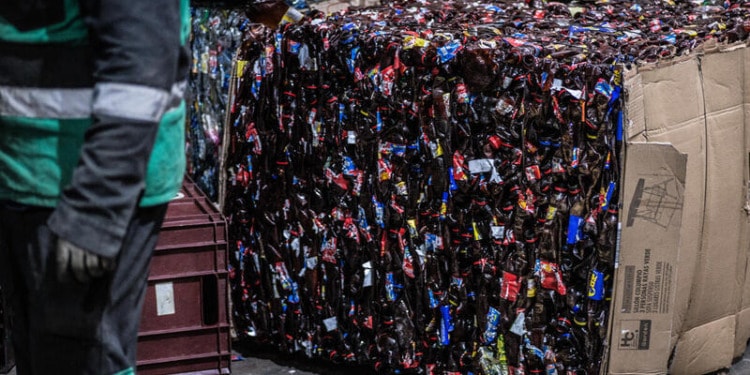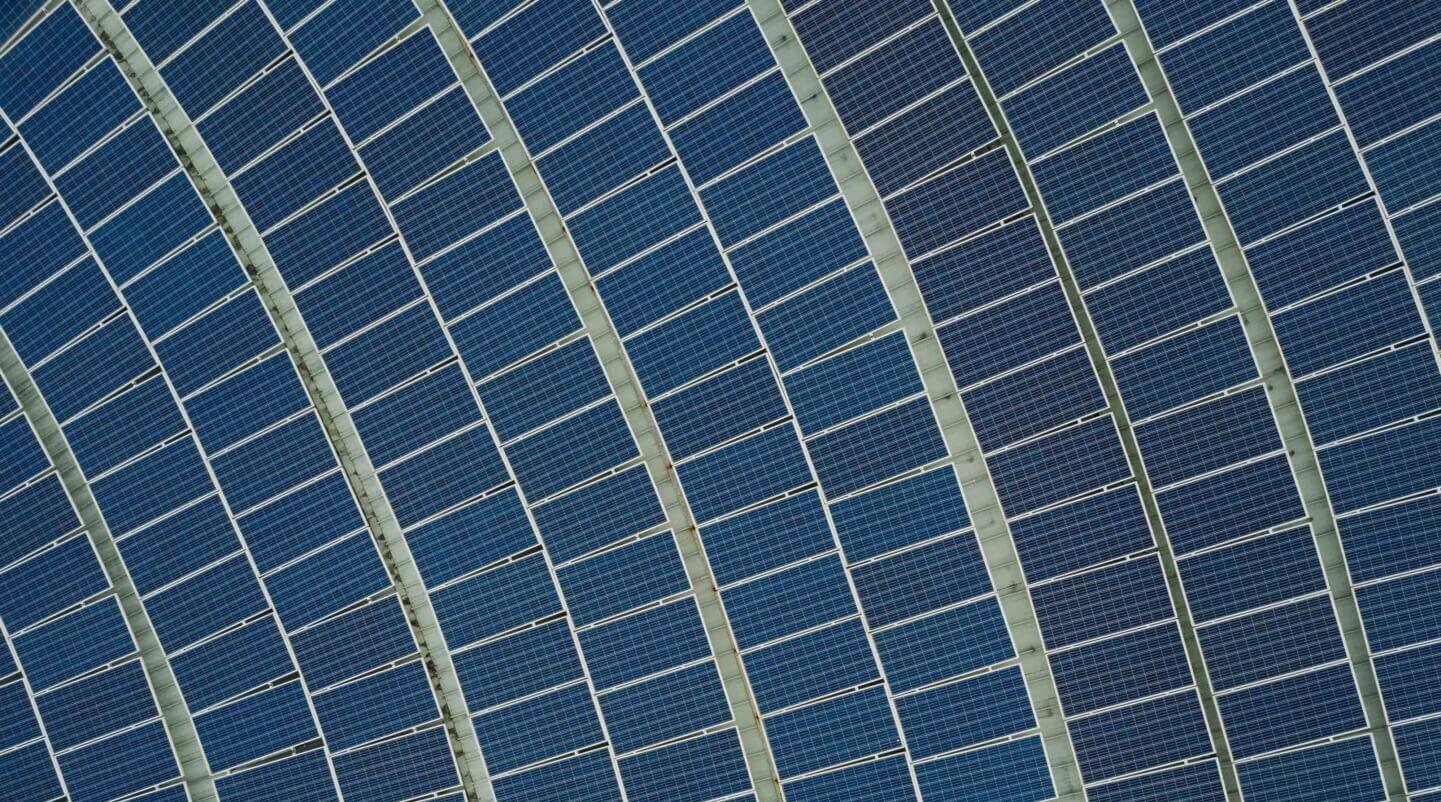Circular Economy (CE) is widely recognized as the new economic model aiming to maintain the value of materials, parts, and products as long as possible, minimize the extraction and use of virgin resources and waste generation using design strategies that slow the flow of resources, close loops between production and post-use, and increase resource efficiency.
However, despite the well-understood imperative to depart from the unsustainable linear model of “take-make-waste,” concrete Circular Economy actions have been predominantly incremental.
Typical examples include the excessive focus on recycling, and substituting materials and practices that superficially seem “less bad.” Other measures, commonly referred to as “Rs,” generally have more significant impacts. Reuse, repurpose, repair, and remanufacture typically retain more value, and reduce is the most important but also the most avoided of all Rs.
The sustainability transition requires transformative systemic change, shifting away from mass production and consumption towards the dematerialization of production processes and maximizing the value and longevity of materials and products.
Bold leadership is needed to move towards a new economic and social system that decouples economic prosperity and well-being from resource consumption and environmental degradation, as called for in SDG target 8.4. Transformative policies and regulations followed by action are needed to foster the development of a more holistic, impactful, and transformative CE at a planetary scale.
Circular Economy: Multiple definitions and scopes
One reason for the predominance of incremental approaches is the wide range of definitions of CE. One study found 221 definitions for Circular Economy encompassing its applicability for practitioners, contributions to the environmental and social pillars of sustainability, and CE’s conceptual delineation vis-à-vis sustainability.
The definitions of CE’s scope range widely, from a narrow waste management strategy to a new economic paradigm. Unfortunately, this causes a lack of conceptual clarity and confusion about CE’s goals, strategies, and prioritization, resulting in a lack of cohesion of actions to advance CE. Varying perceptions of different stakeholders and countries impede progress.
CE developed in three phases. CE 1.0 (1970-1990) emphasized waste management and the “reduce, reuse, recycle” (3Rs) concepts. However, most measures involved end-of-pipe principles rather than waste prevention. In CE 2.0 (1990s-2010), life cycle thinking and design-for-environment strategies emerged. CE 3.0 is centered around the concept of value retention, with a focus on minimizing resource inputs, expanding reuse, broadening the system’s scope, and involving a wider range of stakeholders.
Broadening CE’s scope also expands the number of Rs. Researchers have proposed a hierarchical 10R typology: R0 (refuse); R1 (reduce); R2 (reuse); R3 (repair); R4 (refurbish); R5 (remanufacture); R6 (repurpose); R7 (recycle); R8 (recover); and R9 (re-mine). However, the hierarchy is not adequately observed. Even in CE 3.0, the emphasis in practice remains predominantly on less transformative activities such as recycling and incineration.
Reduce: The ignored principle
The reduce principle of less production and consumption is the most effective R, but it is the least popular one in government policies and academic literature because of its perceived negative effect on economic growth and businesses’ sales and profits.
Economic actors promoting reduced production and consumption include firms and grassroots organizations in alternative economies such as the sharing economy (although not platform economy firms such as Airbnb or Uber), the collaborative economy, and degrowth actors.
Alternative economies aim to reduce consumption through changing attitudes by offering access to products without ownership. Examples include libraries of things, sharing items, ride shares, and free shops. Also, more firms are developing CE business models focusing on the whole supply chain, designing for CE and end-of-life, and designing goods with longer product life cycles and less material and energy consumption through changing the use phase from buying-using-waste models to models involving leasing or selling an item’s services, thus decoupling profits from the numbers of items sold.
Promoting superficial instead of transformative solutions
Apart from a few frontrunners, most governments and businesses are using short-term, comfortable, mild, and incremental strategies, with almost invisible beneficial impacts. Various alternatives have been presented as sustainable solutions, but many are highly questionable from both environmental and life cycle perspectives.
For instance, rather than curtailing the utilization of single-use plastics, there is a tendency to use substitutes like bio-based polymers, many derived from edible plants. Sometimes items crafted from these alternative materials are improperly categorized as “green” or “sustainable.” CE became part of marketing, which gave rise to greenwashing.
Related Articles: Circular Plastic Economies: A Startup’s Solution to Marine Pollution | Turning Waste Into Wealth, a Collaboration for Circular Economy
Electric vehicles (EVs) are another superficial approach that does not reduce the overall demand for individual transportation vehicles. High levels of mobility can be maintained by expanding public transportation and introducing car share platforms. To improve the environmental performance of existing vehicles, regulations should be enacted to allow the conversion of internal combustion engines into electrical ones. France recently adopted this policy.
A third example is the emphasis on producing more renewable energy, rather than lowering energy demand. Moreover, renewable energy technologies significantly rely on various environmentally damaging material inputs. Solutions that reduce energy and material inputs, such as passive design of buildings, and reduce energy demand by adopting CE practices that maximize the value retention of materials and goods should be prioritized.
Overlooking the need for systemic and transformative change
The need for systematic and transformative change to depart from the linear economic model is widely recognized. However, urgency for ambitious action is lacking. Also, the research community promotes narrow definitions and focuses on narrow and incremental research questions using the latest buzzwords rather than considering how to accelerate transformation.
There is also insufficient awareness regarding the effects of resource scarcity and the linear economy on climate change and the environment. Extraction and processing of natural resources are estimated to contribute to half of all greenhouse gas (GHG) emissions and 90% of terrestrial biodiversity loss. Large-scale extraction and consumption of natural resources contribute to human exploitation, social injustice, and geopolitical conflicts. Resource scarcity, severe pollution, and climate change cause despair and mass migration.
Considering the massive scale of global sustainability problems, current “circular” solutions will have little visible effect.
Instead, we need to find ways to live within the Earth’s limits while fulfilling society’s needs and redefine prosperity rather than pursue unattainable perpetual growth. Single-use products are not an optimal use of materials or energy. We produce more than enough food to feed the world if we stop wasting over a third of food produced globally, and we have enough wealth to sustain the entire population.
In short, we often focus on solving individual elements of the problem and avoid a wider view, preventing the economic system from changing to a sustainable, circular flow.
One reason why the need for systematic and transformative change has been overlooked is the insufficient attention to insights from systems science. More research based on systems science could help to persuade policymakers to adopt more ambitious and transformative policies.
Yet, given the increasingly rapid depletion of the resources that underpin our economies, waiting for more research is not an excuse to delay more ambitious actions.
Way forward
The current linear economic model’s unsustainability is widely understood. However, current understanding and implementation of CE are too incremental and insufficiently transformative. Transformative systemic change is needed, starting by redefining what is quality of life and decoupling it from material consumption, putting social sustainability at the heart of a CE transformation. Collective action and bold leadership are vital.
* * *
About the authors
Vesna Lavtizar is a Policy Researcher and Mark Elder is Director of Research and Publications at the Institute for Global Environmental Strategies (IGES), Japan. Rannveig Edda Hjaltadottir is an Associate Professor at Nord University Business School, Nord University, Norway, and a Senior Researcher at Nordland Research Institute, Norway. Dolores Modic is an Associate Professor at Nord University Business School and a Senior Researcher with Rudolfovo – Science and Technology Centre Novo Mesto, Slovenia.
The authors gratefully acknowledge the support of the Norwegian Research Council (Critical Views and Controversies in Circular Economy – From Environment to Bioresources (C3E, project No. 337187)) which supported the workshop that motivated this commentary. This paper represents solely the views of the authors and not their affiliated organizations.
— —
This article was originally published by the International Institute for Sustainable Development (IISD) and is republished here as part of an editorial collaboration with the IISD.
Editor’s Note: The opinions expressed here by the authors are their own, not those of Impakter.com — In the Featured Photo: Waste Management and Recycling in Bogotá, Colombia. Featured Photo Credit: Greenpeace.













